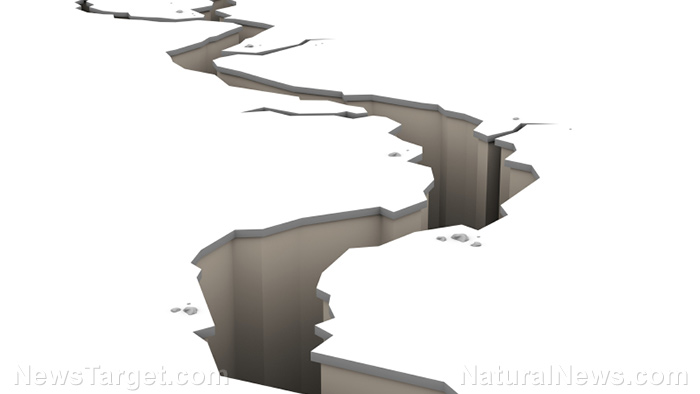
Earthquakes can cause immense damage to infrastructure, in turn hindering the operation of important public services. A team of researchers from the Universitat Politècnica de València reportedly developed a new construction element capable of overcoming that problem.
Dubbed "Smart Seismic Concrete Connection" (SSCC), this material is a combination of two "symbiotic" components: Shape-memory metal alloy bars and high-performance concrete. The result is an element that strengthens the connections between structural materials, and allows structures to recover their original shapes after earthquakes with little need for repairs.
"The use of this system permits having self-centering structures. The invention comes from the desire to solve a need for today’s society: constructing seismic-resistant structures for people, and maintaining their operating capacity after an earthquake, without major repairs or economic losses," researcher José Luis Bonet told AlphaGalileo.org.
In addition to providing an extra measure of protection, Bonet and his colleagues stated that SSCC has a multitude of other benefits. The aim of SSCC is to improve structural performance, hence they designed it to be easy to install within existing walls, beams, and columns. Moreover, SSCC has a great advantage over quake-dampening building pendulums in that it doesn’t require any additional space, nor does it need regular maintenance to continue doing its job.
"Our philosophy is not constructing more solid structures; rather the contrary," said Bonet. "Just as the wind splits a trunk, a reed is flexible enough to bend, adapt to movement and recover its position when the wind stops blowing, without scarcely suffering damages and splitting."
Bonet added that SSCC was specially designed for infrastructure that would need more protection during emergencies, meaning that he and his colleagues had bridges, hospitals, and power plants in mind. Sports venues and shopping centers were also taken into consideration due to the high volume of people that frequent these places. Residential applications were not out of the picture, however, and developers are more than welcome to utilize the SSCC for the construction of homes, apartments, and condominiums.
"In fact, during the lifespan of structures it could be a convenient initial investment as it permits saving costs in the future in the event of an earthquake," noted Bonet. (Related: Massive earthquake is forming under New York City… and it could be unleashed without notice.)
Anti-earthquake technologies around the world
Countries such as Japan and Turkey are highly susceptible to earthquakes, making the development and implementation of anti-earthquake technologies all the more important. To that end, these nations and several others have come up with:
- Shock absorbers: Also known as dampers, shock absorbers protect structures by slowing down and decreasing the intensity of vibrations. An example of a building utilizing this technology is the Roppongi Hills Mori Tower, which makes use of 192 oil-filled shock absorbers to minimize the swaying brought on by tremors.
- Tuned mass dampers: Most common in skyscrapers, tuned mass dampers involve attaching a heavy mass close to the top of a building. When an earthquake hits and causes the skyscraper to wobble, the mass or pendulum sways in the opposite direction and causes the energy to dissipate. The world’s largest and heaviest tuned mass damper can be found in China’s tallest structure, the 2,000-foot-tall Shanghai Tower. According to DigitalTrends.com, the tuned mass damper weighs about 1,000 tons, making it 200 tons heavier than the tuned mass damper used by the Taipei 101.
- Seismic isolators: Instead of sitting directly atop soil, Istanbul’s Sabiha Gökçen Airport rests on more than 300 seismic isolators. These devices absorb the shock of earthquakes and slow down the motion of the building, so much so that it's believed that the the seismic isolators can reduce earthquake energy to a fifth of its original power.
Visit Inventions.news for more news stories about technological breakthroughs from all over the world.
Sources include:
Please contact us for more information.














